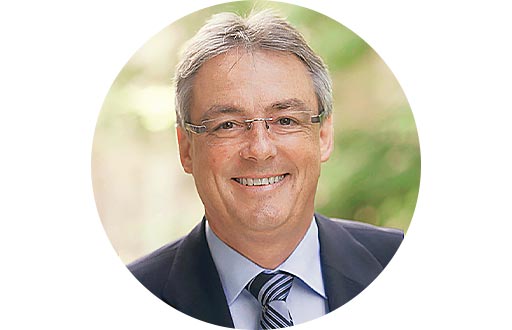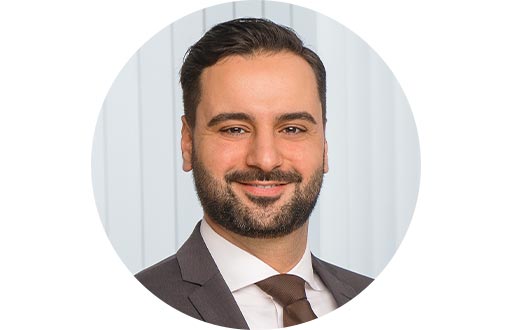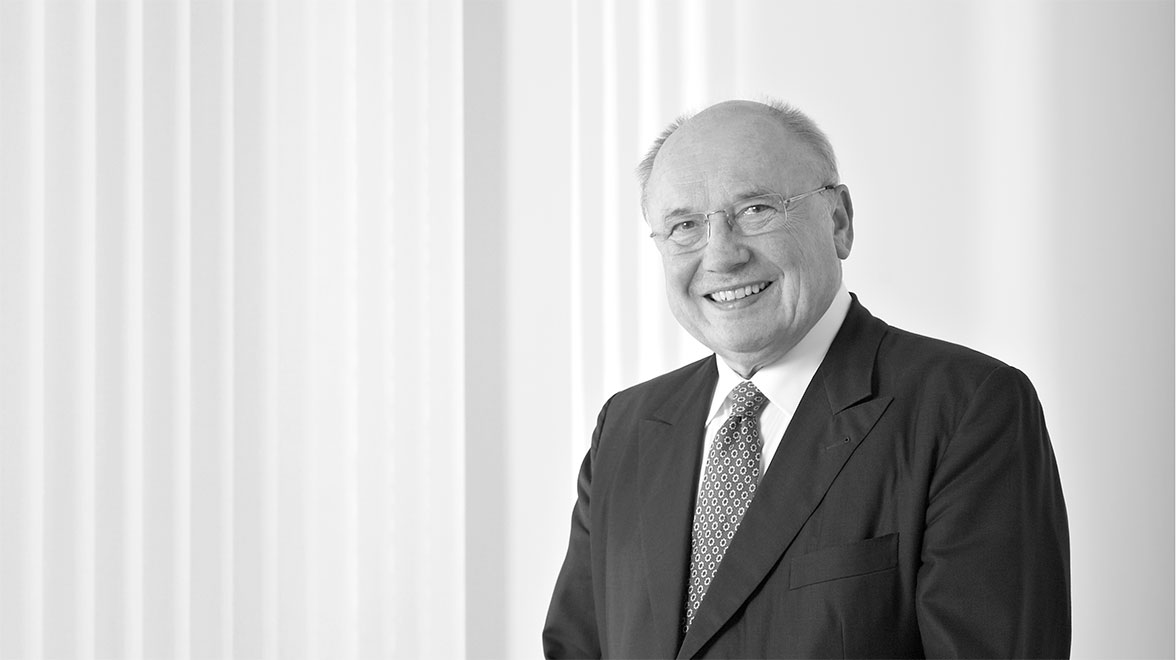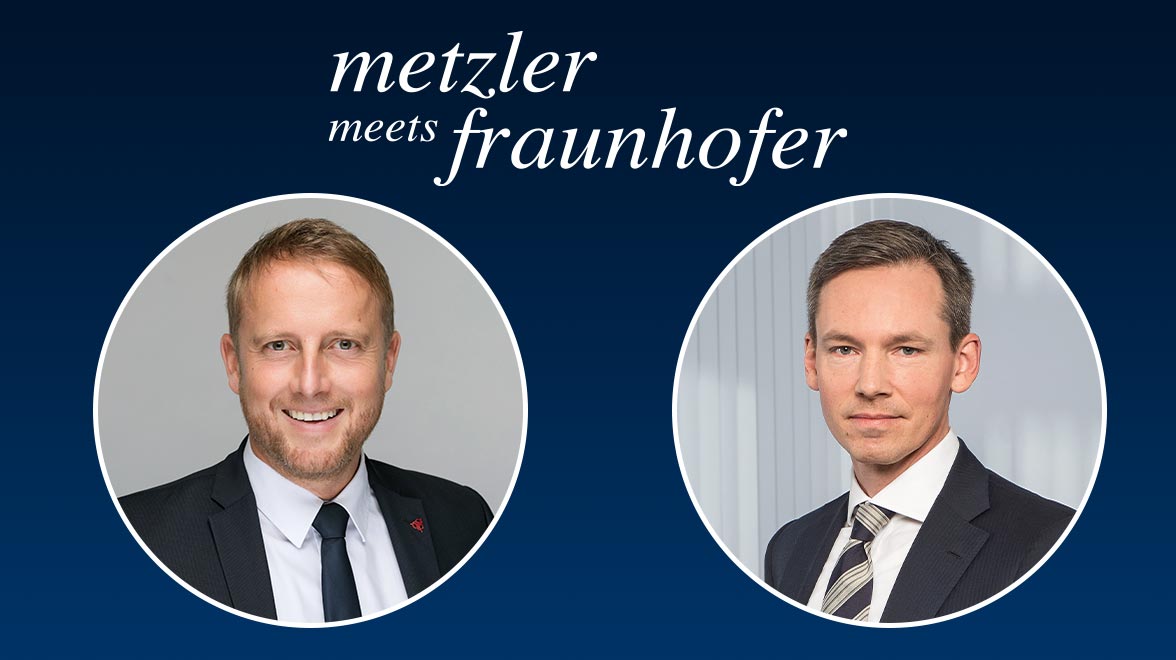“Blockchain can be used to automate business processes in a value network“
Blockchain technology has outgrown its infancy and is no longer limited to bitcoin and other cryptocurrencies. The extent to which industry, business and society have recognized the potential of this new technology was discussed by Professor Wolfgang Prinz, PhD, Deputy Director of the Fraunhofer Institute for Applied Information Technology (FIT) and Head of the Blockchain Real Lab Rheinisches Revier, and Mario Mattera, CEO of Metzler Bank. Hendrik König and Shahrok Shedari from Metzler’s Digital Assets Office, a department responsible for all blockchain-related issues company-wide, also took part in the roundtable.
Mattera: Professor Prinz, can blockchain technology be explained in a brief summary?
Prinz: Yes, absolutely! Blockchain technology can be thought of as a decentrally organized account book in which transaction data is stored irreversibly and traceably. Its decentralized organization is a special feature that makes a central authority superfluous as a trustworthy entity to ensure data integrity and authenticity. It allows a value network to carry out transactions without the need for a central intermediary. In addition, the technology makes it possible to automate business processes in a value network by using so-called smart contracts, i.e. simple sets of rules.
Shedari: Today, this technology offers great potential for almost all industries. In our opinion, its disruptive elements will gradually impact almost all areas of business along the entire value chain.
Prinz: In a simple case, it can be used whenever transaction data needs to be managed securely and traceably. Using blockchain, the authenticity of the transaction data can be easily verified, e.g. for certificates of origin, testimonials or other quality information.
König: There are definitely a number of use cases in the financial sector. In 2021, Metzler, in cooperation with DekaBank, carried out its first blockchain projects on the SWIAT platform. Securities lending was processed in real time, and Metzler also purchased the first crypto bearer bonds issued by DekaBank in accordance with the Electronic Securities Act.
Regulatory issues arise mostly in connection with financial products.
Mattera: I believe it’s a good thing that Germany and the European Union developed a regulatory framework early on to support digitization of the financial sector. Because of this regulatory framework, digital assets are now moving more into the focus of many institutional investors. For example, the aforementioned Electronic Securities Act and the MiCA Regulation at EU level now provide the necessary legal certainty. Institutional investors, financial institutions and asset managers thus have the opportunity to test their first real-life applications in a regulated pilot framework.
Prinz: Regulatory issues arise mostly in connection with financial products, e.g. crypto tokens that are managed and traded using blockchain technology.
Shedari: For regulatory purposes, crypto securities have the same status as traditional securities. The decisive advantages over traditional assets lie in their structure. As issuers don’t have to certify these securities in a deed, they’re not dependent on central settlement agents. The decisive difference between a crypto security a traditional security is therefore the change of medium from a deed to a dematerialized share certificate.
Germany and the European Union developed a regulatory framework early on to support digitization of the financial sector.
Prinz: However, for many other use cases, especially in the industrial sector, there are no hurdles like there are in the financial industry. The technology can therefore be used just like any other digitization technology. In the production sector, for example, digital product passports can be implemented that provide all those involved in the production and use of a product with easily verifiable and traceable product information.
Mattera: Where is blockchain already in productive use?
Prinz: The use of the technology as a tokenization tool for real or digital products is very current. This entails registering the digital fingerprint of an object as a token in a blockchain. By assigning this token to users, the purchase, rental or lease of an object can be documented and, in combination with smart contracts, also settled directly. This trend started with digital artwork in the form of a so-called NFT, a non-fungible token, which has enabled new business models in art and the creative industries.
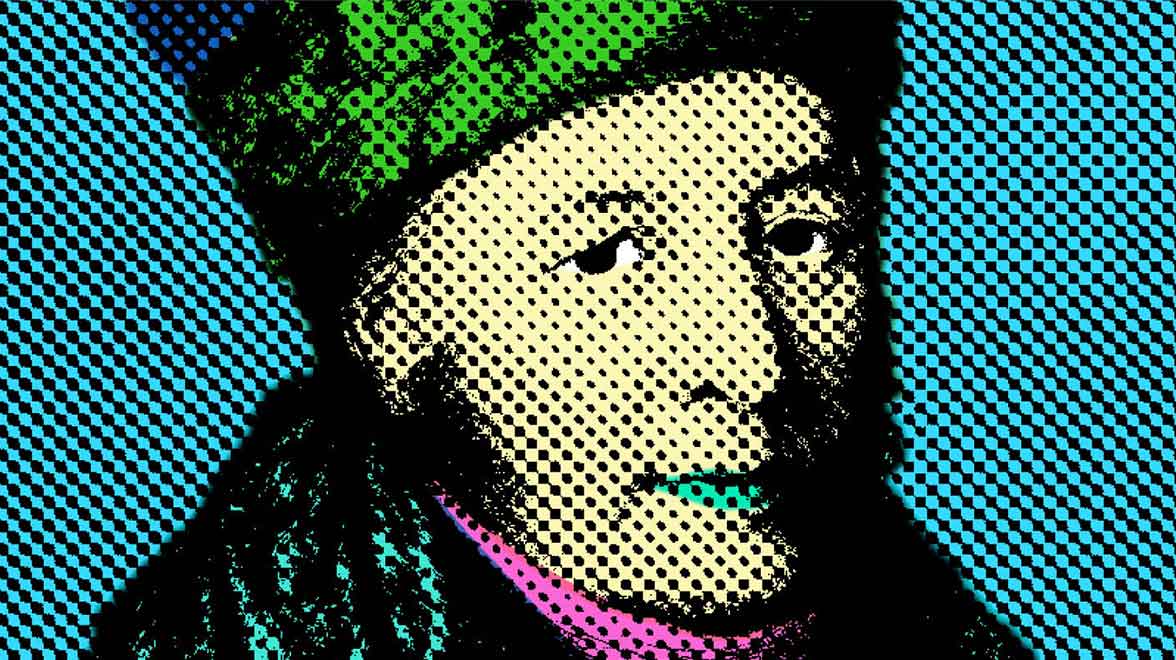
König: NFTs are a good buzzword! When we launched Metzler’s Digital Assets Office as a company-wide unit, we raffled off exclusive Metzler NFTs at our summer party. We wanted to make it a little more tangible for employees to enter the new world of digital assets via NFTs. Each NFT was unique. Some were equipped with special rights and benefits that the owner could then redeem, e.g. to participate in an exclusive museum tour.
Prinz: This can be applied to other things as well, e.g. design objects or normal products and services. For example, when you buy a t-shirt or participate in an event, you might receive an NFT that is linked to further services or events. Using existing blockchain infrastructures is an easy and cost-efficient way for companies to implement their customer loyalty programs, for example, instead of building their own platforms.
Mattera: Despite numerous examples of how blockchain can be used successfully, it hasn’t yet become a resounding success. What hurdles still need to be overcome to expand its use?
Prinz: Blockchain technology is often associated with crypto tokens like bitcoin and is thus burdened by the speculation associated with them. There’s also much discussion about the energy it consumes. However, there are several alternative blockchain technologies that require much less energy and still offer a wide range of potential applications. Major initiatives like SiGreen, an ecosystem-based approach developed by Siemens for sharing emissions data, are a case in point. The use of the technology in consumer applications, such as the NFT-based loyalty programs mentioned above, will also ensure wider adoption.
 Deutsch
Deutsch English
English